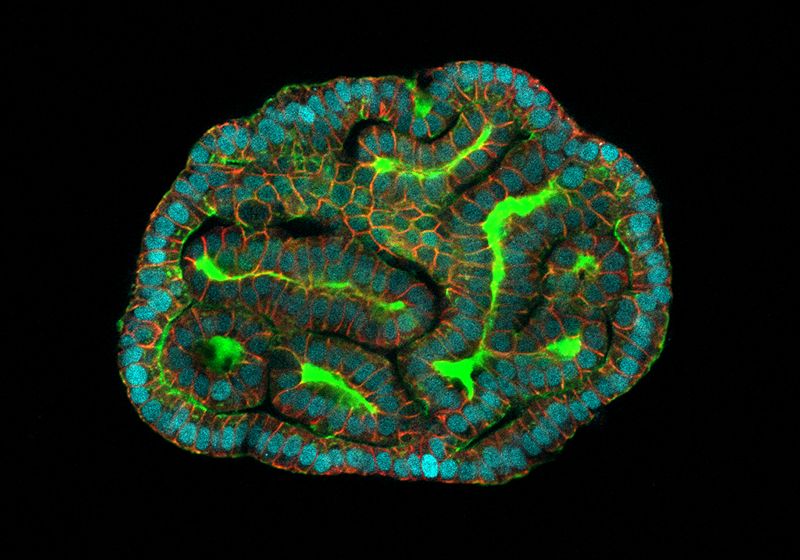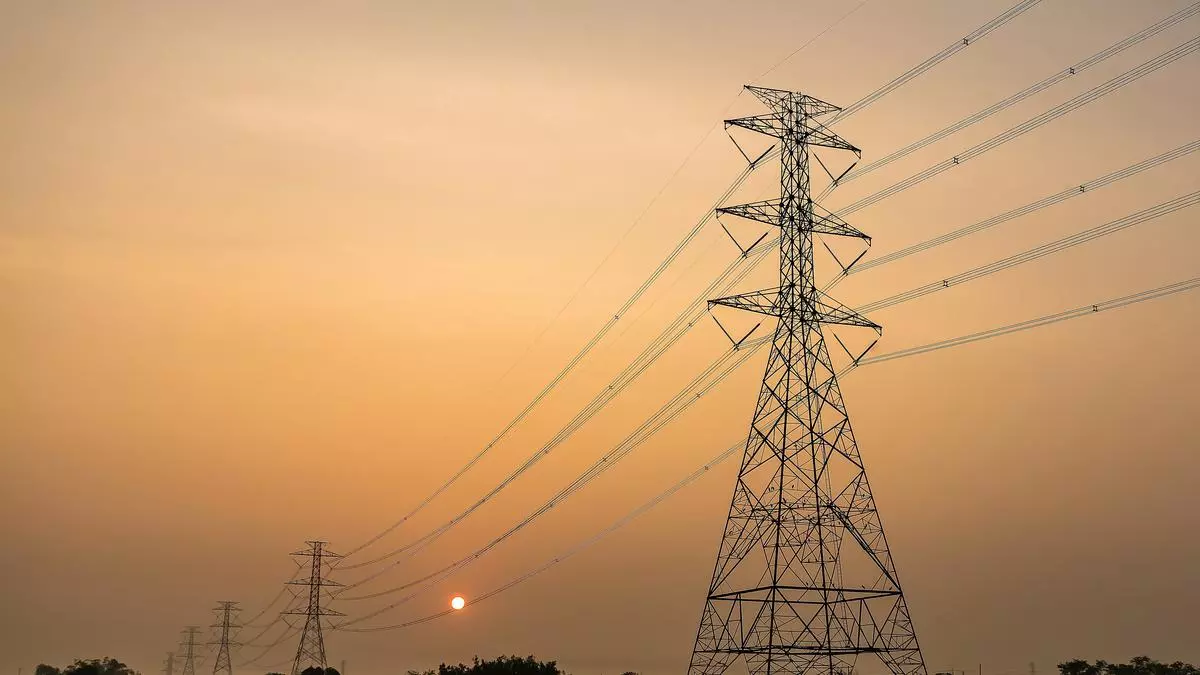
At night, charged particles from the sun, trapped by Earth’s magnetic field, rain down into the atmosphere.
These particles collide with atoms, creating a dazzling light show known as the northern and southern lights.
However, these same interactions can cause chaos, disrupting radio signals and satellite communications.
Scientists want to better understand the ionosphere, a layer of the atmosphere filled with charged particles called plasma, to predict when and where these disruptions will occur.
Plasma forms when atoms lose electrons, creating positively charged ions and free electrons.
However, studying plasma is tricky because its movements are fast, unpredictable, and difficult to track.
To solve this problem, researchers led by Magnus Ivarsen used a radar system called ICEBEAR (Ionospheric Continuous-wave E region Bistatic Experimental Auroral Radar) to study the ionosphere.
They developed a new algorithm that can detect small plasma structures, some as tiny as one meter, and track their movement. By following these movements, scientists can learn about the electric fields causing them.
The team tested the algorithm on radar data collected during times of intense ionospheric activity.
These conditions are usually hard to analyze with traditional methods. Remarkably, the new algorithm produced results that matched data collected by low-Earth-orbit satellites, one of the few other ways to observe the ionosphere.
This breakthrough allows researchers to use high-resolution ICEBEAR data to trace bursts of electric fields in the ionosphere. However, some of these bursts may still be too fast or small for the algorithm to handle. The team plans to refine their approach to capture even more detailed patterns.
These findings are a major step forward in understanding the ionosphere and its effects on communication systems. By predicting how plasma moves and interacts, scientists could eventually create technologies that are better at resisting electromagnetic disruptions. Combining this radar technology with computer vision tools may lead to stronger, more reliable communication systems in the future.
This research, published in the Journal of Geophysical Research: Space Physics, opens the door to new ways of monitoring the ionosphere. As scientists continue to improve these methods, they bring us closer to predicting and mitigating the effects of space weather on life here on Earth.










Leave a Comment